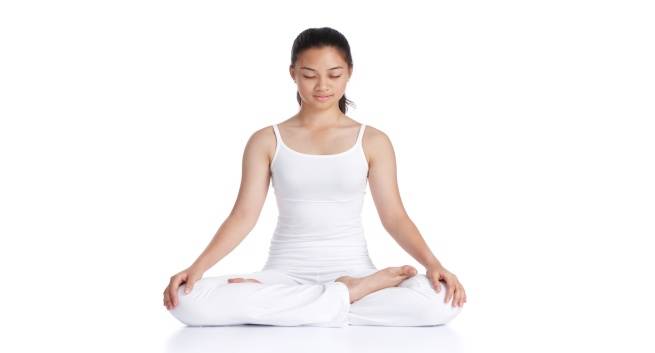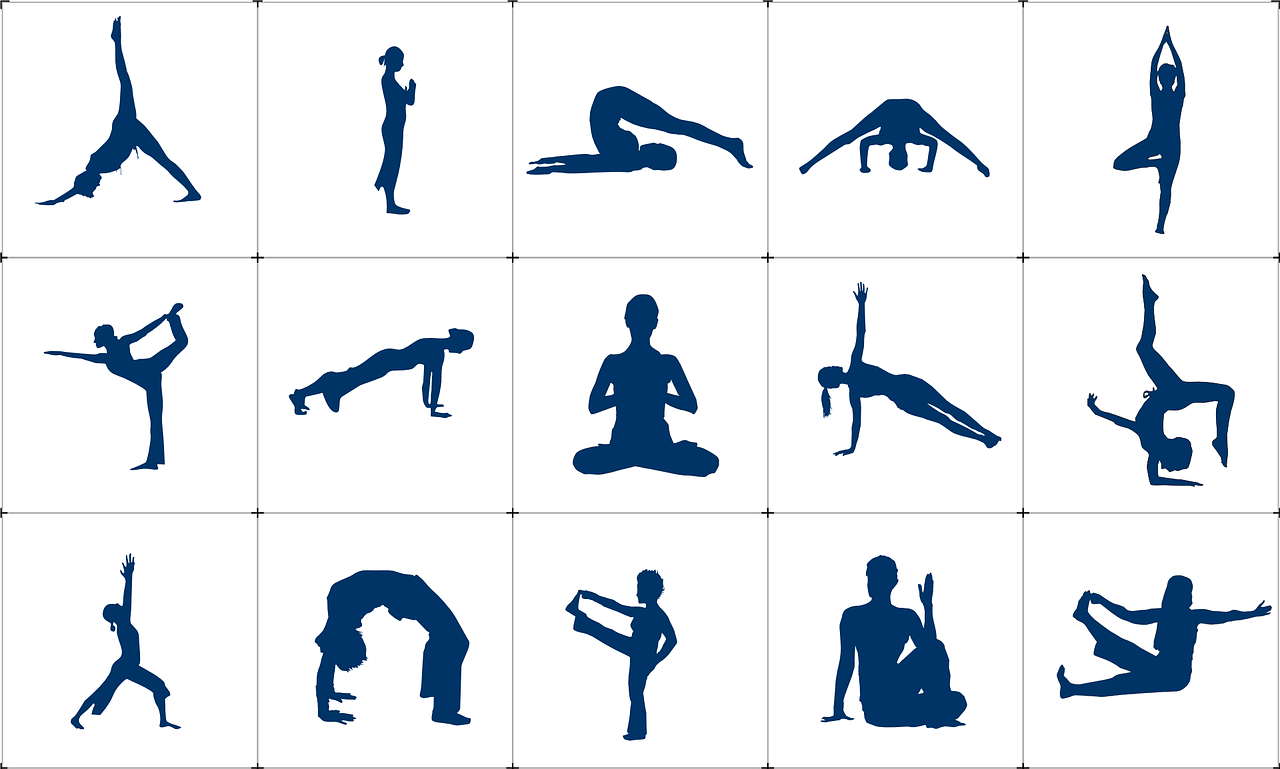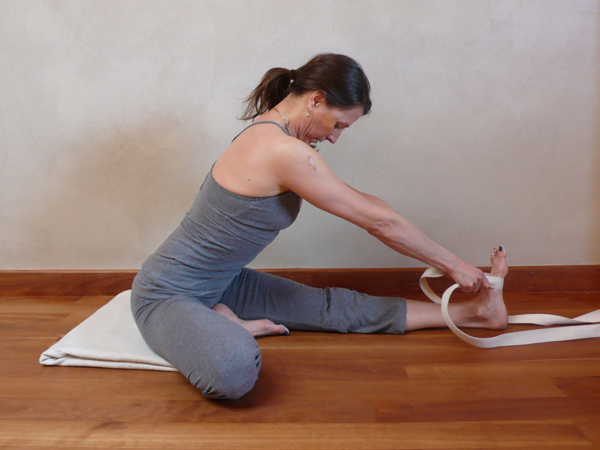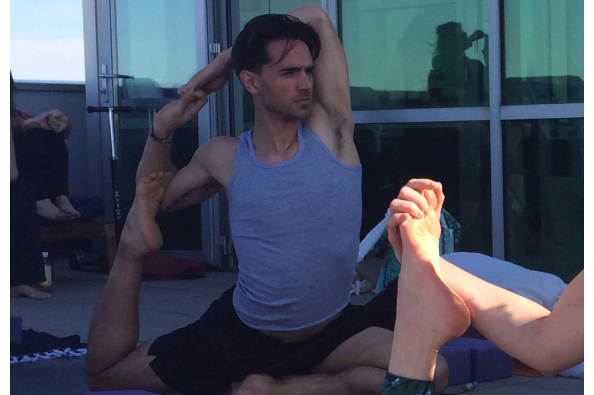An Asana is a yoga posture or stance intended to invigorate organs, organs or body mindfulness, and to calm the psyche for reflection. Asanas frequently apply weight on nerves or acupressure focuses, reflexing to the cerebrum and body for specific effects. From the Sanskrit word signifying “loop,” Kundalini is conceptualized as a wounded snake resting at the base of the spine. This vitality is accepted to be the base life drive, which lies lethargic in each. When “stirred” the Kundalini vitality ascends through the vitality focuses (chakras) of the body – up to the highest point of the head (crown). This rising is related to otherworldly illumination, the opening of already obscure capacities and the separating of individual impediments. It is often said that Kundalini Yoga is the most dangerous form of yoga among other forms because it involves many subtle energies to the body. There are many kinds of kundalini yoga poses, So let’s get to know about some poses of kundalini yoga for beginners.
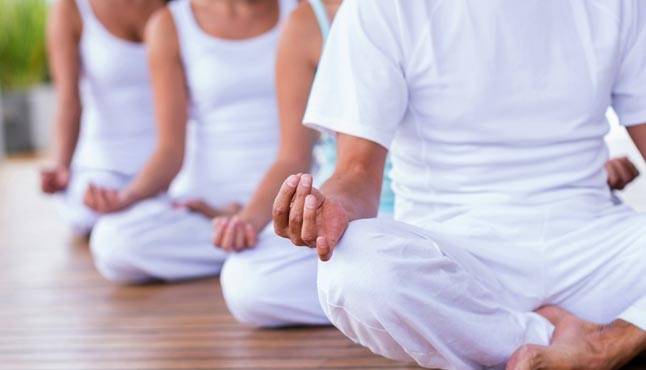
Table of Contents
Kundalini Yoga For Beginners:
Before starting kundalini yoga it is important to know about poses of kundalini yoga for beginners. So the poses of kundalini yoga for beginners are.
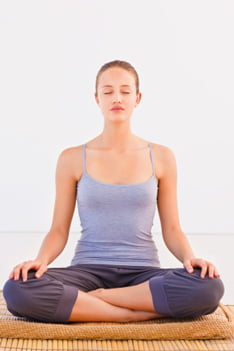
source : yogaoutlet . com
Sukasana or Easy Pose :
Sukhasana or Easy Pose is a Sitting yoga asana practiced in yoga. In Sanskrit “Sukh” means Pleasure in English and Asana means Pose. This posture is appropriate for meditation for the two learners and propelled specialists. Sukhasana is originated from the Sanskrit word Sukham that implies simple, joy, solace, and delight. This is a kundalini yoga for beginners so, let’s see how to do this position
Steps:
Sit erect, with your feet extended before you.
- Presently fold your legs with the end goal that your knees are wide, shins are crossed, and each foot is set under the knee.
- Your knees must be twisted, and your legs ought to be tucked into your middle.
- When you look down on your legs, you should see a triangle shaped by your shins that are crossed and both your thighs.
- Guarantee an agreeable space between your pelvis and feet.
- Your back must be adjusted so that the tailbone and the pubic bone are at equivalent separation from the floor.
- You can put your palms stacked up in your lap.
- Stretch your tailbone, and solidify your shoulders. In any case, ensure your lower back isn’t angled with the end goal that it jabs the lower ribs forward.
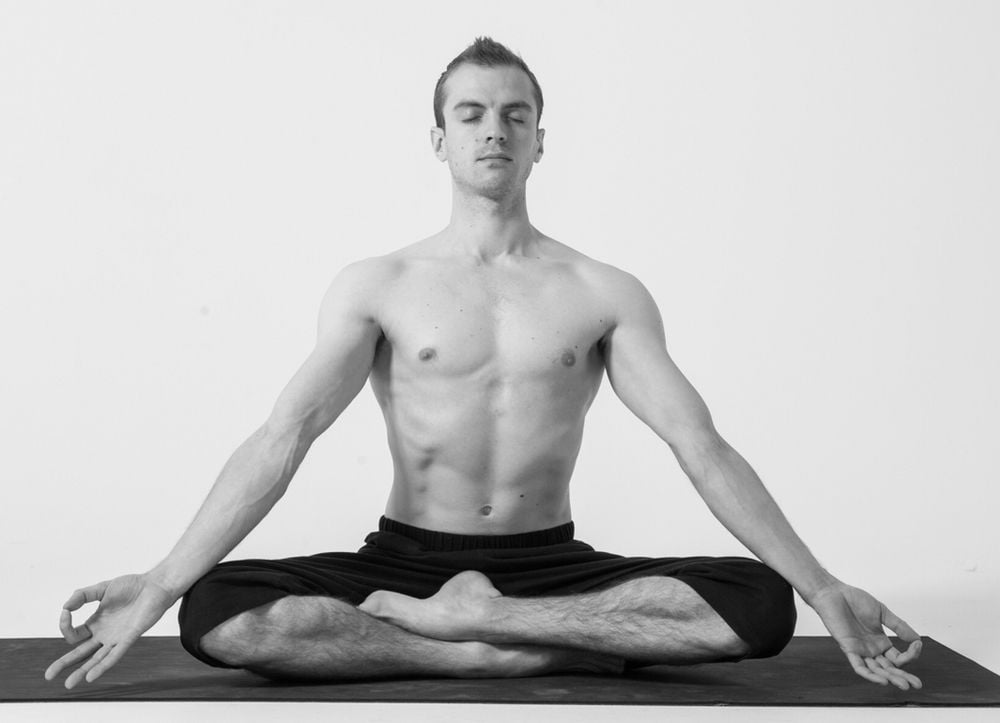
source : procaffenation . com
Siddhasana or Perfect Pose:
Siddhasana is an ancient, seated yoga pose that is traditionally used for long periods of meditation and breathing exercises. Siddhasana is one of the yoga poses that seem simple but are actually quite powerful. Siddhasana stretches the hips, knees, and ankles. It also strengthens the core muscles, including the abdomen and the back. Let’s see how to do this yoga pose...
Steps:
- Sit on the floor extending your legs, straight spine and arms resting at your sides.
- Twist your left knee and get your left foot sole area toward the crotch territory. Rest your foot rear area along the perineum, the spot at the base of your spine between the rear-end and the private parts.
- Twist the correct leg and draw your correct foot sole area in. Place your right, external lower leg over the internal lower leg of your left foot. Rest your correct foot rear area at the highest point of your pubic bone
- Accumulate your Palms in supplication position (Anjali Mudra) at your heart focus.
- Keep your spine straight and close your eyes and turn your look internal.
Check Related Article :-
- Easy And Simple Positions Of Iyengar Yoga For Beginners
- Ideal Hatha Yoga Sequence For Beginners
- Fat Burning Yoga-Weight Loss For Beginners
source : thehealthsite . com
Padmasana or Lotus Pose:
Steps :
- Sit on a level surface on the ground with your spine erect and your legs extended.
- Delicately twist the correct knee, and utilize your hands to put it to your left side thigh. Your soles must point upward, and the foot rear areas must be near your mid-region.
- Intersection both your legs and easily put your feet on the contrary thighs, demonstrate your hands into a mudra of your decision and place it in position. Normally, the hands are put on the knees.
- Keep in mind that your head must be straight and the spine erects consistently.
- Inhale long and profound.
- Hold the situation for a couple of minutes and Release.
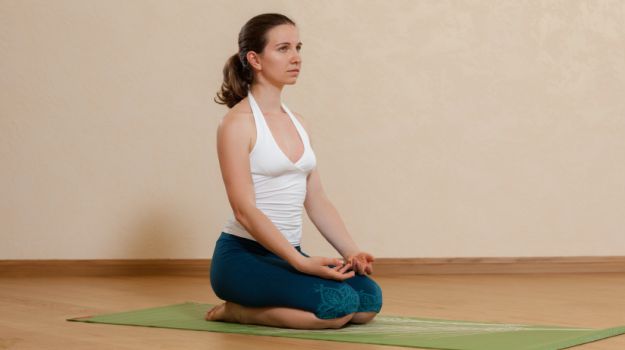
source : anmolmehta . com
Vajrasana or Rock Pose:
This position is called ‘shake present’ since it said that when you ace this sitting posture you will have the capacity to process a stone. This posture is finished by sitting on the foot rear areas, pushing on the hindquarters nerves, and keeping the spine straight. A few people locate this sitting posture simpler than others. This is a fabulous posture to hone subsequent to eating or while encountering stomach distress since it encourages processing. Let’s see how to do this.
Steps:
- Sit on the level floor in Dandasana or crease your the two legs and place your feet under the hips.
- Keep your spine and head erect with shut eyes.
- Your knees ought to contact one another.
- Keep your correct palm on right knee and left palm on left knee.
- After that breathe in gradually and breathe out gradually by the two nostrils.
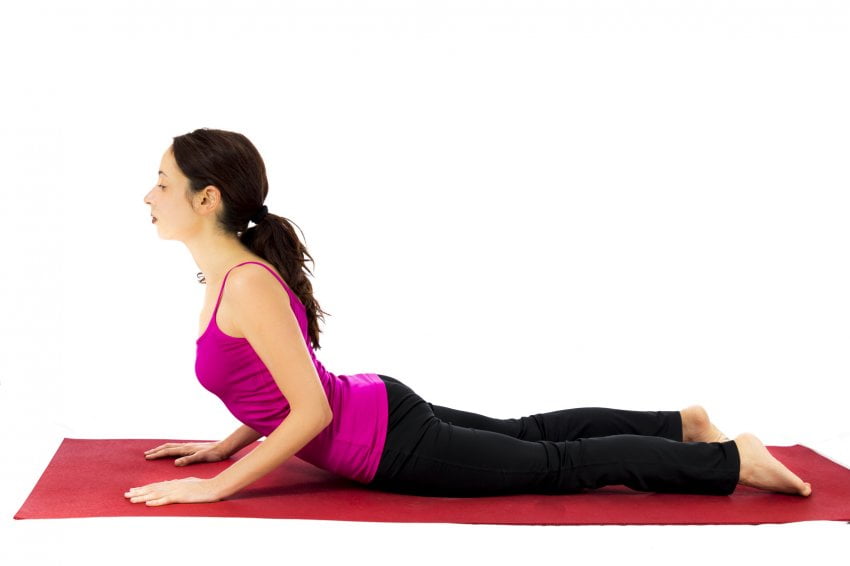
source : yogauonline . com
Bhujangasana or Cobra Pose:
In Sanskrit, “Bhujanga” implies snake and “asana” implies represent; that is the reason this yoga present is alluded to as the ‘Cobra Pose’‘. This posture emulates the stance of a cobra that has its hood raised. It is the eighth posture in the 12 stances of the Surya Namaskar or Sun Salutation yoga routine. It invigorates the digestives framework and soothes stoppage. This a pose of kundalini yoga for beginners. Let’s see how to do this.
Steps:
- Lie level on your stomach. Place your hands as an afterthought and guarantee that your toes contact one another.
- At that point, move your hands to the front, ensuring they are at the shoulder level, and place your palms on the floor.
- Presently, setting your body’s weight on your palms, breathe in and raise your head and trunk. Note that your arms ought to be twisted at your elbows at this stage.
- You have to curve your neck in reverse trying to repeat the cobra with the raised hood. Be that as it may, ensure your shoulder bones are firm, and your shoulders are far from your ears.
- Press your hips, thighs, and feet to the floor.
- Hold the asana for around 15 to 30 seconds while breathing ordinarily.
So these are the poses of kundalini yoga for beginners to try out. So do these yoga poses and get healthy.

